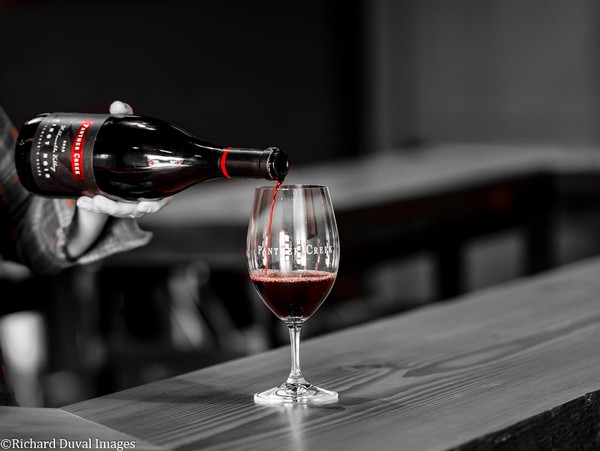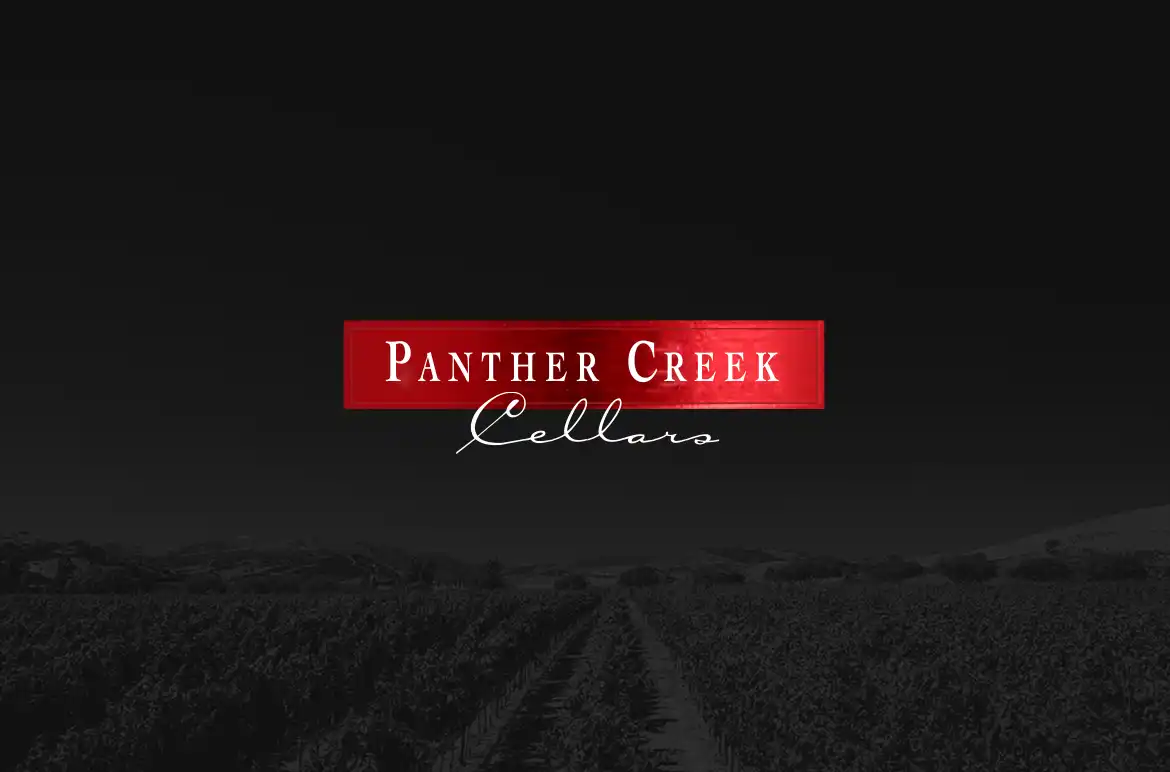Wine Prices: What Makes a Good Wine?

What Makes a Good Wine & What Influences Wine Prices?
-
Terroir
-
Raw Materials
-
Wine Making Process
-
Oak
-
Time
-
Packaging
-
History & Prestige
There is a big difference between what makes a good wine and what makes a wine expensive. Many experts would say that a good bottle of wine costs as much as the winemaker is willing to sell it for, and it’s as expensive as the customer is willing to pay.
So how much does a good bottle of wine cost?
There are many factors that go into the price of wine, but the main items to consider when establishing wine prices are:
1. How you make it, and
2. How you sell it.
We’ve put together a list of the key factors that go into the production and marketing of wine to the masses. Take a look at all the decisions that go into growing, bottling, and selling wine to see if you can spot how a tasty bottle of wine can go from $15 to $200 a pop.
Terroir
Any winemaker will tell you that when it comes to making a great, and expensive, bottle of wine that location is everything. The grapes used to make wine come from the land where you grow those grapes, and the use of a terroir is how you make sure those grapes are perfect.
The use of a terroir involves creating a set of unique environmental factors, farming practices, and a crop’s specific growth habitat in order to ensure the healthy production of the grapes. In short, a wine terroir is the set environment intended to protect the grapes from destructive features. To put it simply, a terroir stands for the signature of the land that harvests the grapes, and whenever you drink wine from a terroir, you should be able to taste the region where the wine was made.
This is why particular grape varietals grow better in certain climates than they do in others, and why those grapes become so popular in that area. For example, the Willamette Valley in Oregon has become one of the top wine producers for Pinot Noir because of its cold climate and volcanic soil, but Merlot and Cabernet thrive in areas where the temperature is more moderate year-round, like the Columbia Gorge area in Washington state. Therefore if you attempt to sell Pinot Noir grown in California or Southern Italy, you’re not going to get as high of a price for that wine as you would with a Pinot Noir from Oregon or Northern France.
For those interested in tasting a classic Oregon pinot noir, try our 2016 Schindler Pinot.
Raw Materials
The next item to consider when pricing wine is the very grapes a vineyard uses to make their wine. Wine grapes themselves contain all the necessary ingredients for wine: pulp, juice, sugars, acids, tannins, and minerals. However, some manufacturers add yeast to increase strength, and cane or beet sugar to increase alcoholic content. Also, during fermentation, winemakers usually add sulfur dioxide to control the growth of wild yeasts. It costs time and labor to turn these raw materials into wine, but it’s the quality and the quantity of the grapes that decide how much the wine can sell for.
Before a vineyard can make wine, they must purchase the grape varietals they’d like to grow, and not all types of grapes are priced the same. The low average cost for most grapes vary from $1.29-$1.74 per bottle, but when you look at the high average for grapes per bottle you find that good Merlot grapes cost winemakers about $2.61 a bottle while the cost of good Cabernet Franc grapes are up to $5.16 a bottle. This means the raw materials for a good bottle of Cabernet Franc are twice as expensive as a good bottle of Merlot. That’s important for wine producers to think about when deciding where to purchase land and what to grow there, and a good thing for customers to keep in mind when they’re asking themselves why certain labels are more expensive than others.
When it comes to raw materials, it’s important to remember that less is more. Winemakers have learned that good wine depends on the vineyard, and they’ve also learned that when you grow grapes in a low-yield, meaning the vines produce fewer grapes, the resulting wine is much more intense. So instead of mass-producing bottles that taste just okay, wineries can make more of a profit focusing on making just a few bottles that taste like perfection.
Wine Making Process
One very important aspect of determining the selling price of wine is the winemaking process itself. There is a lot that goes into the production quality as well as the production quantity.
Vinification, the process of converting juice into wine by fermentation, has its own fixed costs, which can’t be reduced, and aren’t directly related to the quantity of bottled products. However, there is a big difference between fermenting and storing wine in a stainless steel tank versus an American or French oak barrel. Stainless steel is a much more common resource than oak trees, therefore wines that age well in stainless steel, which pertains to most white varietals, will have a lower cost of production than wines aged in oak. At the same time if only a limited quantity of wine is produced, due to low yields or other environmental factors, fixed costs have a major impact on the price of a single bottle.
Oak
Since the Roman era, we have been aging our wine in wood barrels made from oak trees. Oak barrels are very important to the winemaking process as many of the flavors associated with popular wine varietals actually come from its time spent inside the oak, such as vanilla, dill, and baking spices. Oak aging is also one of the few times that oxygen exposure to wine is a good thing. Within the oak barrel, oxygen eases the intensity and smooths out the tannins of red wines. Oxygen also permeates the oak barrels, causing 2% of the wine within the barrel to evaporate each year. This 2% of evaporated wine is referred to as the “angel’s share” and is allowed to happen because it causes the wine to taste more concentrated.
The benefits of oak aging wine are so great they may cause wine connoisseurs to question why winemakers would bother using any other methods, such as steel or plastic, to store wine? That answer has to do with the availability of oak wood trees. Oak barrels are very expensive to make, and a single oak tree can only produce 2 complete barrels. Meanwhile, oak trees in France are much tighter grained and less dense than oak trees in America, and therefore are more expensive to make.
Once again, wine prices are all determined by the process that goes into creating the wine as well as the materials used to balance the flavors.
Time
“Like a fine wine, it gets better with age.”
Well, yes and no.
Time is a factor in which the price of wine has more to do with how much winemakers want to charge and how much consumers want to spend. Most wines are made with the intention of being enjoyed within the same year, rather than to be stored in a wine cellar.
However, wine that is made with high-quality raw materials in high-quality conditions has the ability to age quite beautifully. When barrel-aged, over time the acidity and tannic flavors in the wine are reduced, leaving the wine smoother, rounder, and the notes of fruit are much more subtle. A wine that has been aged this way is referred to as reserved wine and the reason reserved wines are more expensive than non-reserve has not only to do with its quality but also the cost for producers to store and maintain the barrel until the wine is ready to be sold.
Packaging
Packaging is where winemakers must sell you a book when they can only show you the cover.
Many customers know their favorite wine by the sight of its label, and successful wineries spend a lot of time and money focusing on branding their selections. Such presentational efforts affect how much it costs the winemaker to package the wine, and how much that package could be sold for.
When choosing how to present the look of a single bottle of wine, there are many factors to consider, such as the color of the glass, the shape of the bottle, and how you cap that bottle. For example; there are certain glass colors that help prevent UV rays from damaging the taste of the wine, like green or brown glass. Brown class does a better job of protecting the wine, and is a less expensive material. Yet, green glass seems to be the more popular choice for customers, and thus green glass is the more common choice for winemakers, which marks up the cost of packaging.
History & Prestige
History and prestige are a complicated aspect of how the price of wine is set. Wine has long been considered by many a “luxury” item, and when it comes to pricing a luxury item there is a phenomenon known as “perceived value,” in which how much a consumer is willing to pay affects the price of a good or service. After all, a master sommelier doesn’t train in the art of fine wine for several years to not subjectively score which wines are better and which wines are worse.
Yet, as younger generations appreciate nostalgia and respect modernization, consumers would rather spend more money on carefully crafted wines made from the best regions in the world, than from a mass-produced vineyard factory with no real story to its name.
While it may seem like wine prices are just made up, keep in mind the time and money it takes from harvest to bottling, and that a single bottle of wine made with better quality materials cost 3 times as much to produce than a bottle with inferior ingredients. The next time you’re looking through the shelves trying to decide how much to spend on a bottle of wine, pay attention to where the wine comes from and the journey that took place to bring that wine into your life. Ask yourself what experience you’re looking to have that evening, and spend accordingly.

